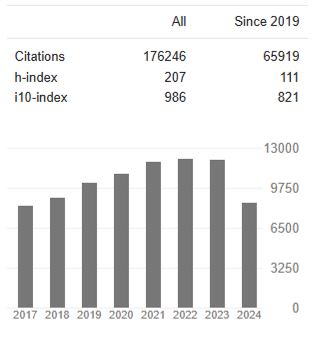Continuity-of-Care for Substance Misusing Prison Leavers: A Quantitative Analysis of Service Delivery Models Within a Local Setting
Abstract
Marc Connor and Ben Hughes
Introduction: This study tests our assumption that prison-to-community continuity-of-care increases drug treatment engagement rates and reduces waiting times, hypothesis one (H1). Engaging with drug treatment services may improve health and crime out- comes for this vulnerable population. The study also aims to determine whether a single service delivery model, spanning both prison and community settings, improves these metrics, hypothesis 2 (H2).
Method: Over a four-year period, the instances of continuity-of-care, prison release, and treatment start dates were recorded for individuals with substance misuse issues released to a local drug recovery partnership (n=808). All participants were monitored for 365 days after their first release (H1). A subset of this group (n=533), released through the local adult male prison to the local drug treatment services, were compared for the two years before (n=255) and the two years after (n=278) the implementation of the single service delivery model (H2). Data were analysed using right-censored Kaplan-Meier Survival Analyses.
Results: There was a significant association between system-level prison-to-community continuity-of-care and higher rates of engagement and reduced waiting times for community drug treatment (p<.00001). The implementation of single service provision enhanced the performance of prison-to-community continuity-of-care. However, whilst treatment engagements through continu- ity-of-care increased from 5.4% to 12.7% and average waiting times decreased from 97 to 67 days, due to the small sample size, there was insufficient statistical evidence to support H2.
Conclusions: This study confirms that, within our local setting, continuity-of-care care from the prison to community drug treat- ment leads to higher rates of treatment engagements and shorter waiting times (H1 - accepted). Additionally, although not statisti- cally proven (H2 - not accepted), our a priori decision to implement a single-service delivery model appears to have been justified given the observed improvements in these performance metrics.




